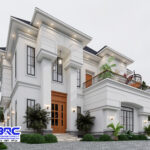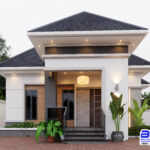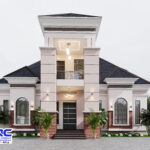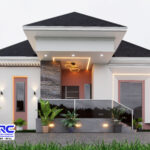In modern construction, TMT steel rods (Thermo-Mechanically Treated bars) play a vital role in reinforcing concrete structures.
These bars offer a perfect balance of strength, flexibility, and corrosion resistance, making them ideal for buildings, bridges, dams, and other infrastructure.
But not all TMT bars are the same. They come in different grades, each designed for specific structural requirements.
Knowing these grades will help you choose the right one for your construction project, whether you’re building a bungalow, a multi-story building, or a high-load industrial structure.
Table of Contents
ToggleSee also – What are the different types of iron rods used in construction?
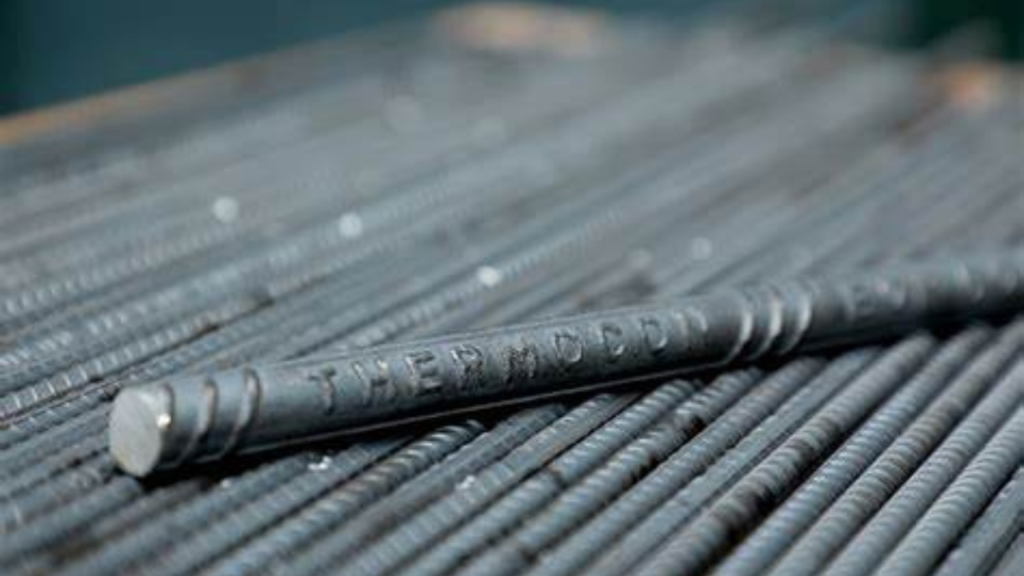
What Does “Grade” Mean in TMT Bars?
The grade of a TMT steel rod refers to its yield strength, which is the stress it can withstand before it starts to deform permanently.
It’s measured in Newtons per square millimeter (N/mm²) or Mega Pascals (MPa).
Higher grades offer greater strength and are used in more demanding construction environments.
Common Grades of TMT Steel Rods
Below are the most commonly used TMT steel grades in Nigeria and around the world:
1. TMT Grade 415 (Fe-415)
Yield Strength: 415 N/mm²
Features:
- Good ductility (can bend without breaking)
- Suitable for areas with seismic activity due to flexibility
Common Uses:
- Residential buildings
- Light to medium construction work
- Columns, beams, and slabs in low-rise buildings
2. TMT Grade 500 (Fe-500)
Yield Strength: 500 N/mm²
Features:
- Higher strength than Fe-415
- Balanced flexibility and strength
- Good resistance to corrosion and fatigue
Common Uses:
- High-rise buildings
- Commercial complexes
- Bridges and flyovers
- General-purpose structural work
3. TMT Grade 550 (Fe-550)
Yield Strength: 550 N/mm²
Features:
- Stronger than Fe-500, with reduced ductility
- Excellent for structures under high stress
Common Uses:
- Industrial buildings
- Coastal and marine structures
- High-load-bearing structures
- Dams and heavy infrastructure
4. TMT Grade 600 (Fe-600)
Yield Strength: 600 N/mm²
Features:
- Extremely high strength
- Less ductile than other grades
- Suitable for special high-load applications
Common Uses:
- Mega infrastructure projects
- Expressways and flyovers
- Structures requiring minimal steel congestion
See also – How can you tell good quality TMT bars?
How to Choose the Right TMT Grade for Your Project
The choice of TMT grade depends on:
- Type of structure (residential, commercial, industrial)
- Load requirements
- Soil conditions
- Seismic activity or wind loads
- Project location (e.g., coastal or inland)
For most residential projects in Nigeria, TMT Grade 500 is commonly used because it offers an ideal balance between strength and flexibility.
Conclusion
Understanding TMT steel rod grades is essential for anyone involved in building construction.
Whether you’re a civil engineer, architect, builder, or property owner, using the right grade ensures safety, durability, and cost-effectiveness in your structure.
Always consult with your structural engineer before choosing a grade of TMT steel rod.
And remember, quality matters just as much as grade.
Only buy TMT rods from trusted and certified suppliers.
Frequently asked questions
What are the different grades of TMT steel rods?
The most common grades include Fe 415, Fe 500, Fe 550, and Fe 600, each indicating the yield strength in megapascals (MPa).
What does the grade number mean in TMT bars?
The number represents the minimum yield strength of the steel in MPa.
For example, Fe 500 has a yield strength of 500 MPa, making it stronger than Fe 415.
Which grade of TMT bar is best for residential construction?
Fe 415 is commonly used for small-scale residential buildings due to its good ductility and cost-effectiveness.
Which grade is suitable for high-rise buildings and bridges?
Fe 500 and Fe 550 are preferred for multi-story buildings, bridges, and heavy-duty structures due to their higher tensile strength.
What is the strongest grade of TMT steel rods?
Fe 600 is the strongest among standard TMT grades, used in high-load infrastructure projects like dams and industrial structures

